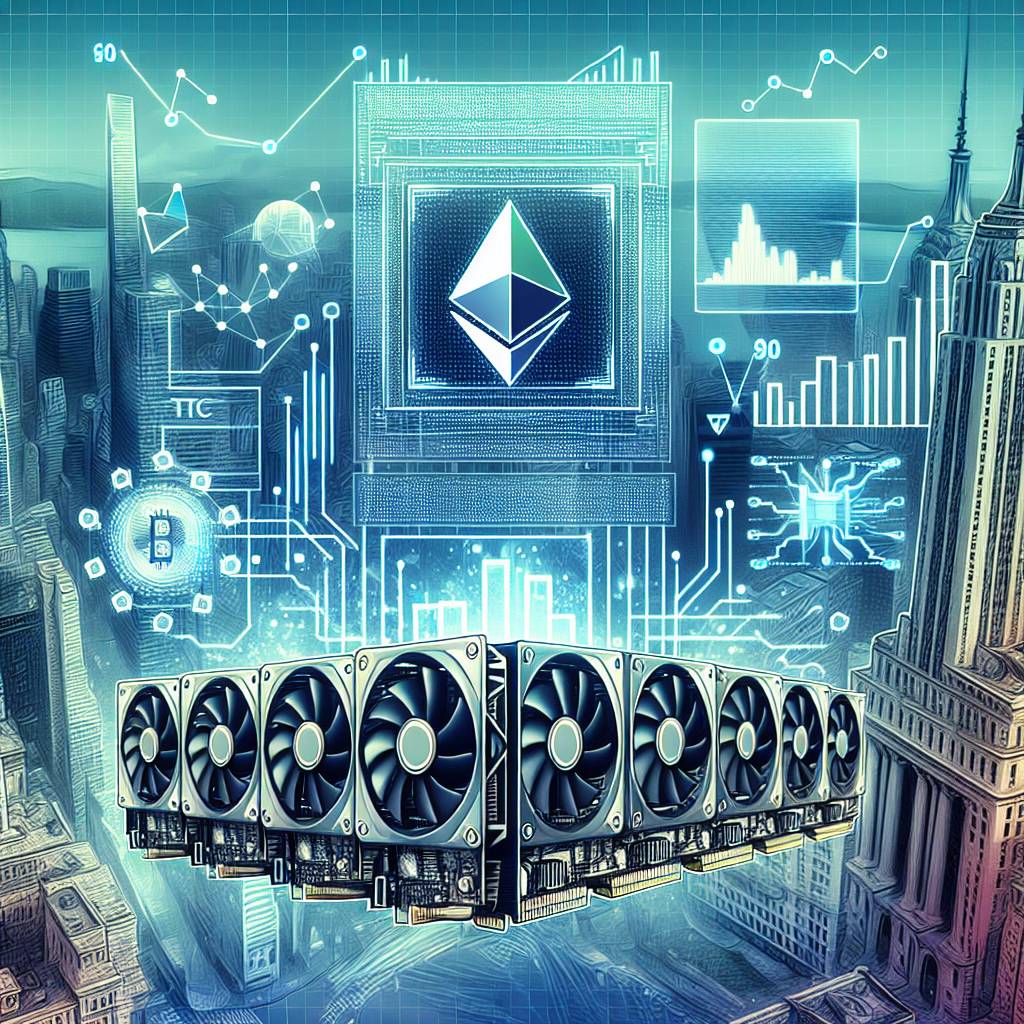What are the best strategies for overclocking my GPU to maximize mining efficiency?
I'm looking for some expert advice on how to overclock my GPU for maximum mining efficiency. What are the best strategies and techniques to achieve this? I want to make sure I'm getting the most out of my mining rig and optimizing my GPU's performance. Any tips or recommendations would be greatly appreciated!

3 answers
- One of the best strategies for overclocking your GPU to maximize mining efficiency is to gradually increase the core clock and memory clock speeds. Start by increasing the core clock speed by a small increment, such as 10 MHz, and then run a mining benchmark to check for stability and hashrate improvement. If everything looks good, continue increasing the clock speeds until you reach the maximum stable overclock. Remember to monitor the temperature and power consumption to ensure your GPU is running within safe limits. Another important strategy is to optimize the power limit and voltage settings. Lowering the power limit can reduce power consumption and heat output, while adjusting the voltage can help stabilize the overclock. Experiment with different settings to find the optimal balance between performance and power efficiency. Additionally, make sure your GPU is properly cooled. Investing in a high-quality cooling solution, such as an aftermarket GPU cooler or liquid cooling, can significantly improve overclocking potential and mining efficiency. Lastly, keep in mind that every GPU is unique, and what works for one model may not work for another. It's essential to do thorough research, consult forums and communities, and experiment with different settings to find the best overclocking strategy for your specific GPU.
 Nov 28, 2021 · 3 years ago
Nov 28, 2021 · 3 years ago - When it comes to overclocking your GPU for mining efficiency, it's all about finding the sweet spot between performance and stability. Start by using software tools like MSI Afterburner or EVGA Precision X to adjust the core clock and memory clock speeds. Increase these speeds gradually and run mining benchmarks to check for any crashes or instability. If you encounter any issues, dial back the overclock until you find a stable setting. Another important aspect is managing the temperature of your GPU. Overclocking can generate more heat, so make sure you have adequate cooling in place. Consider using additional fans, improving airflow in your mining rig, or even investing in a custom water cooling loop. Don't forget about power consumption either. Overclocking can increase power draw, so it's essential to monitor your GPU's power usage and adjust accordingly. Lowering the power limit can help reduce power consumption without sacrificing too much performance. Lastly, keep an eye on your GPU's voltage. Increasing the voltage can help stabilize higher overclocks, but it also increases power consumption and heat output. Find the right balance that works for your GPU and mining setup. Remember, overclocking comes with risks, so always proceed with caution and do your research before making any changes to your GPU settings.
 Nov 28, 2021 · 3 years ago
Nov 28, 2021 · 3 years ago - When it comes to maximizing mining efficiency through GPU overclocking, there are a few strategies you can consider. First and foremost, make sure you have a stable and reliable power supply. Insufficient power can lead to instability and crashes, so invest in a high-quality PSU that can handle the increased power demands of overclocking. Next, focus on optimizing the core clock and memory clock speeds. Start by increasing the core clock speed in small increments, such as 10-20 MHz, and run mining benchmarks to check for stability and performance improvements. Once you find a stable setting, move on to the memory clock and repeat the process. In addition to clock speeds, pay attention to the power limit and temperature. Adjusting the power limit can help control power consumption and heat output, while monitoring the temperature ensures your GPU stays within safe operating limits. Consider using software tools like HWMonitor or GPU-Z to keep an eye on these metrics. Lastly, don't forget about the importance of proper cooling. Overclocking generates more heat, so make sure your mining rig has adequate airflow and cooling solutions in place. This can include additional fans, heatsinks, or even liquid cooling. Overall, finding the best overclocking strategy for your GPU requires experimentation and patience. Start with conservative settings and gradually increase the overclock until you find a stable and efficient configuration. Good luck!
 Nov 28, 2021 · 3 years ago
Nov 28, 2021 · 3 years ago
Related Tags
Hot Questions
- 94
How can I minimize my tax liability when dealing with cryptocurrencies?
- 83
Are there any special tax rules for crypto investors?
- 79
What are the best practices for reporting cryptocurrency on my taxes?
- 68
What is the future of blockchain technology?
- 64
How does cryptocurrency affect my tax return?
- 60
How can I buy Bitcoin with a credit card?
- 56
What are the advantages of using cryptocurrency for online transactions?
- 54
What are the best digital currencies to invest in right now?
